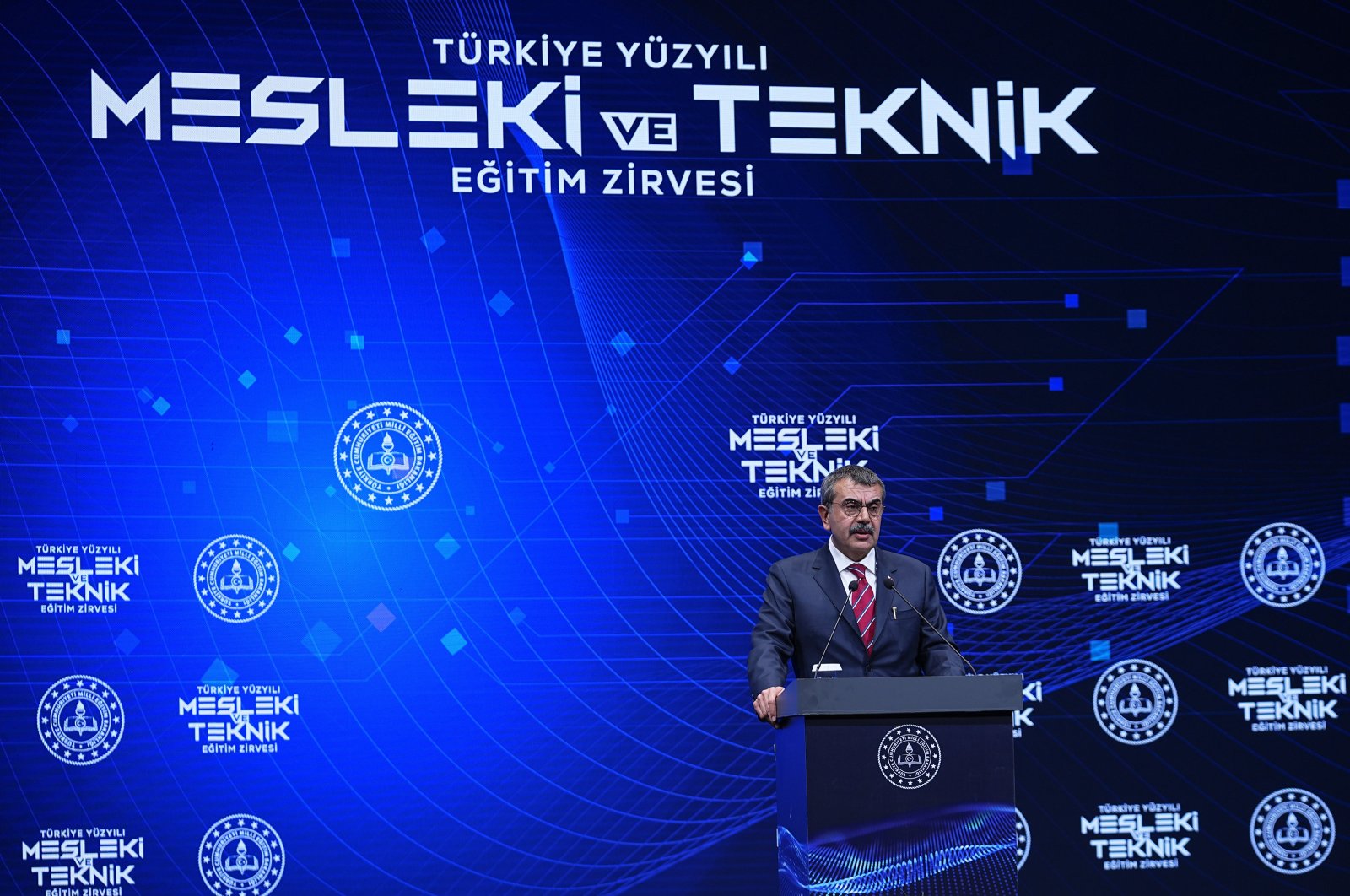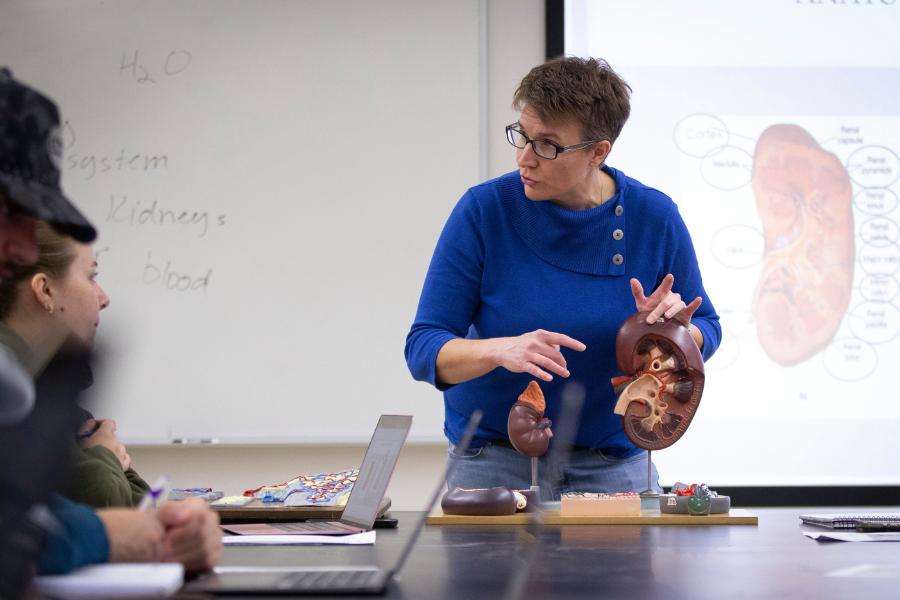CUNY Union Leads Charge Against Federal Attacks on Labor and Public Higher Education – The Knight News

Report on the Professional Staff Congress’s Activism and its Alignment with Sustainable Development Goals
Introduction: Expanded Union Mandate in Public Higher Education
The Professional Staff Congress (PSC), representing 30,000 faculty and staff at the City University of New York (CUNY), has initiated the academic year with significant activism. The union has adopted an expanded political role, focusing on the defense of labor rights, public higher education, and immigrant rights. This strategic shift is a direct response to federal policies perceived as threats to these sectors and is closely aligned with several United Nations Sustainable Development Goals (SDGs).
Advocacy for Quality and Accessible Education (SDG 4 & SDG 10)
A primary focus of the PSC’s efforts is to safeguard inclusive and equitable quality education (SDG 4) and reduce inequalities (SDG 10) by ensuring CUNY remains affordable and accessible.
Identified Threats to Educational Equity
- Proposed deep cuts to federal research funding, which undermines innovation and academic advancement.
- Potential reductions in major federal student and teacher aid programs, which would disproportionately affect students from low-income backgrounds.
- The weaponization of antisemitism allegations to suppress free speech on campuses, threatening the open intellectual environment essential for quality education.
Legislative and Student-Led Initiatives
In response, the PSC and its partners are pursuing several initiatives:
- State-Level Lobbying: In partnership with the New York Public Interest Research Group (NYPIRG), the PSC is advocating for the passage of the New Deal for CUNY (S2274/A1727) and SUNY (S2049/A890) bills. These aim to secure stable state funding and end tuition hikes.
- Student Advocacy: Students have voiced concerns that funding cuts lead to reduced course offerings and limited campus services. They advocate for reliable funding for programs that support low-income and immigrant communities, directly contributing to the goal of reducing inequalities (SDG 10).
- Economic Rationale: Supporters argue that investing in public universities provides a strong return on investment, fostering an educated populace with diverse backgrounds, which benefits the state’s economic and social fabric.
Protecting Labor Rights and Promoting Decent Work (SDG 8)
The PSC’s actions directly support the promotion of decent work and economic growth (SDG 8) by defending the rights and job security of its members.
Key Union Actions
- Faculty Reinstatement: The union rallied at Brooklyn College to demand the reinstatement of four faculty members who were abruptly dismissed.
- Political Endorsements: The PSC has endorsed Zohran Mamdani for mayor, citing his commitment to filling city job vacancies, which would strengthen the public sector workforce at CUNY and beyond.
- Labor Movement Solidarity: The union’s prominent participation in the NYC Labor Day Parade, alongside figures like Senator Bernie Sanders, symbolized a reinvigorated movement for labor rights.
Strengthening Institutions and Democratic Principles (SDG 16)
The union’s activities contribute to the goal of building peace, justice, and strong institutions (SDG 16) by defending democratic principles within the public education system.
Actions Supporting Institutional Integrity
- Defense of Constitutional Rights: PSC President James Davis has characterized federal actions as violations of First Amendment rights that undermine the public university system as a strong and accountable institution.
- Support for Immigrant Communities: The union’s work extends to supporting immigrants in courthouses, reinforcing its commitment to justice for all members of the community.
- Commitment to Democratic Accountability: The PSC’s strategic political engagement is framed as a necessary defense of democratic accountability against external pressures that threaten institutional integrity.
Collaborative Partnerships for Systemic Change (SDG 17)
The PSC’s strategy emphasizes partnerships for the goals (SDG 17), recognizing that systemic change requires broad collaboration.
- Organizational Alliances: The PSC is working in close partnership with NYPIRG to coordinate lobbying efforts in the state capital.
- Student Engagement: Students are recognized as crucial partners, with student government and advocacy groups like NYPIRG providing platforms for organizing, rallying, and meeting with lawmakers to effect change.
Analysis of Sustainable Development Goals in the Article
1. Which SDGs are addressed or connected to the issues highlighted in the article?
-
SDG 4: Quality Education
- The article’s central theme is the defense of public higher education. It discusses activism aimed at ensuring student access to affordable education, fighting against tuition hikes, and securing federal and state funding for universities like CUNY. The text explicitly mentions that federal and state funding “is what allows [many] New Yorkers to even be able to receive an education through aid and grants.”
-
SDG 8: Decent Work and Economic Growth
- The Professional Staff Congress (PSC) is a labor union representing 30,000 faculty and staff. The article highlights its role in “defending labor rights,” demanding the reinstatement of fired faculty members, and campaigning to fill job vacancies at CUNY. This directly relates to protecting labor rights and promoting full and productive employment.
-
SDG 10: Reduced Inequalities
- The article emphasizes the union’s defense of “immigrant rights” and the need for reliable state funding for programs that support “low-income and immigrant communities.” Furthermore, a student calls for “strong DEI [Diversity, Equity, and Inclusion] programs,” directly addressing the goal of reducing inequalities based on origin or economic status.
-
SDG 16: Peace, Justice and Strong Institutions
- The PSC’s activism is framed as a fight for “democratic accountability.” The article mentions the defense of First Amendment rights against the “suppression of speech on campuses.” The union’s and NYPIRG’s efforts to lobby state legislators and the call for student organizing represent actions to build effective, accountable, and inclusive institutions.
2. What specific targets under those SDGs can be identified based on the article’s content?
-
Under SDG 4 (Quality Education)
- Target 4.3: “By 2030, ensure equal access for all women and men to affordable and quality technical, vocational and tertiary education, including university.” The article’s focus on making public universities affordable, ending tuition hikes, and ensuring access for all New Yorkers through aid and grants directly aligns with this target.
-
Under SDG 8 (Decent Work and Economic Growth)
- Target 8.8: “Protect labour rights and promote safe and secure working environments for all workers…” The PSC’s fundamental role as a union “defending labor rights” and rallying for the reinstatement of abruptly fired faculty members is a clear embodiment of this target.
-
Under SDG 10 (Reduced Inequalities)
- Target 10.2: “By 2030, empower and promote the social, economic and political inclusion of all, irrespective of… origin… or economic or other status.” The article’s emphasis on supporting “low-income and immigrant communities” and the call for strong DEI programs are actions aimed at achieving this target.
-
Under SDG 16 (Peace, Justice and Strong Institutions)
- Target 16.7: “Ensure responsive, inclusive, participatory and representative decision-making at all levels.” The actions of the PSC and NYPIRG to “travel to the New York State Capitol in Albany to lobby state legislators” and the encouragement of student organizing are direct examples of promoting participatory decision-making to influence policy.
- Target 16.10: “Ensure public access to information and protect fundamental freedoms…” The article highlights PSC President James Davis’s warning that certain federal actions “violate our first amendment rights” and are used to “suppress speech on campuses,” linking the union’s fight to the protection of fundamental freedoms.
3. Are there any indicators mentioned or implied in the article that can be used to measure progress towards the identified targets?
-
For SDG 4 (Quality Education)
- Implied Indicator: The level of public funding for higher education and student aid. The article discusses threats of “deep cuts” to “federal student and teacher aid programs” and advocates for “more reliable state funding.” Tracking the budget allocations for these programs would serve as a direct indicator of progress.
- Implied Indicator: The passage of supportive legislation. The article specifically names the “New Deal for CUNY (S2274/A1727)” as a top priority. The successful passage of this bill would be a measurable outcome.
-
For SDG 8 (Decent Work and Economic Growth)
- Implied Indicator: The number of jobs protected or created. The demand for the “reinstatement of four faculty members” and the campaign to “fill City job vacancies” at CUNY are specific, quantifiable measures of progress toward securing decent work.
-
For SDG 10 (Reduced Inequalities)
- Implied Indicator: The existence and funding of diversity, equity, and inclusion programs. The student’s call for “strong DEI programs” implies that their establishment and resourcing can be tracked as a measure of commitment to reducing inequality within the university system.
-
For SDG 16 (Peace, Justice and Strong Institutions)
- Implied Indicator: The number of policies or actions challenged on the basis of free speech. The article’s reference to “weaponizing antisemitism allegations to suppress speech” suggests that monitoring and challenging such incidents is a way to measure the protection of fundamental freedoms on campus.
4. Table of SDGs, Targets, and Indicators
| SDGs | Targets | Indicators (Implied from Article) |
|---|---|---|
| SDG 4: Quality Education | 4.3: Ensure equal access to affordable and quality tertiary education. |
|
| SDG 8: Decent Work and Economic Growth | 8.8: Protect labour rights and promote safe and secure working environments. |
|
| SDG 10: Reduced Inequalities | 10.2: Empower and promote the social, economic and political inclusion of all. |
|
| SDG 16: Peace, Justice and Strong Institutions |
16.7: Ensure responsive, inclusive, and participatory decision-making. 16.10: Ensure public access to information and protect fundamental freedoms. |
|
Source: theknightnews.com

What is Your Reaction?
 Like
0
Like
0
 Dislike
0
Dislike
0
 Love
0
Love
0
 Funny
0
Funny
0
 Angry
0
Angry
0
 Sad
0
Sad
0
 Wow
0
Wow
0




















































.jpg.webp?itok=0ZsAnae9#)



























